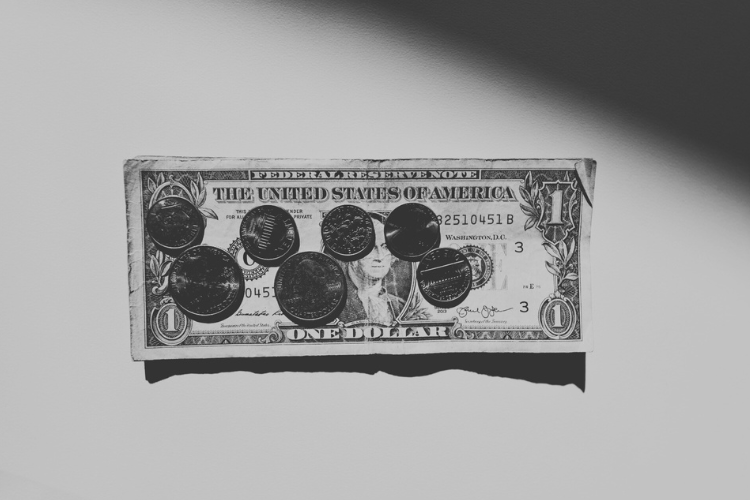A company in your portfolio sent you a notice about an upcoming right issue of shares. Getting more shares in a company you like sounds like a good idea. But wait … what happens to share price after rights issue? Read on and learn what savvy investors know.

What Happens to Share Price after Rights Issue?
The share price after rights issue is positively or negatively impacted by subscription and discount, dilution, and market perception. A rights issue is an invitation to a firm’s existing shareholders to purchase additional shares at a discount. Companies extend this offer to raise capital for acquisitions, strategic expansion or, if the firm is distressed, to meet or extinguish debt obligations. The rights are time-sensitive and will expire worthless if not exercised. To answer what happens to share price after rights issue? we must examine the factors that affect the post-issue stock price.
Subscription and Discount – Subscription ratio and offered share price discount affect the post-issue stock price. The subscription ratio is the proportion of additional shares existing shareholders are entitled to purchase. The rights issue price is discounted in relation to the current share trading price.
The post-issue share price may decline initially due to favorable subscription terms and conditions and a large discount. However, a sizable discount and appealing terms can lead to larger shareholder participation and a bolstered stock price.
Dilution – Right issues are the issuance of additional shares which reduces the ownership percentage of existing shareholders. This is dilution. The value of the company is now spread over a larger number of outstanding shares causing the post-issue share price to fall initially.
Market Perception – The market’s reaction to a rights issue is dependent on the firm’s motivation for raising additional capital. A positive capital raise such as a strategic acquisition or debt reduction, the stock may not decline and may rise. If the company is raising funds to stave off bankruptcy or to cover mounting losses, the shares are sure to be negatively impacted.
What happens to share price after rights issue? The price will fluctuate based on aforementioned factors and those factors are greatly influenced by the issue’s timing and the economic climate.
How Do You Calculate New Share Price after Rights Issue?
To calculate the new share price after rights issue is the weighted average of the existing shares and the newly issued shares. After the rights issue, the shares will adjust to the Theoretical Ex-Rights Price (TERP). This price adjustment accounts for the increase in outstanding shares.
Short-Term Impact – Upon the announcement of the rights issue, the firm’s stock will fall to the TERP. This decline reflects the pending dilution of the existing shareholders ownership stake. The shares will fluctuate going forward based on the market’s perception of the company’s anticipated use of the newly raised capital, current market conditions, and the overall economic environment.
Long-Term Effect – The long-term price movement will reflect how effectively the company used the rights issue funds. If management’s capital allocation led to growth and increased profitability, the stock may trade higher, however, if the additional capital investment did not improve the firm’s performance, shares may remain stagnant or decline.
What happens to share price after rights issue? Once the rights issue shares revert to the TERP’s adjusted average, they are influenced by the productive use of funds, market conditions, and fiscal climate.
Read Next:









